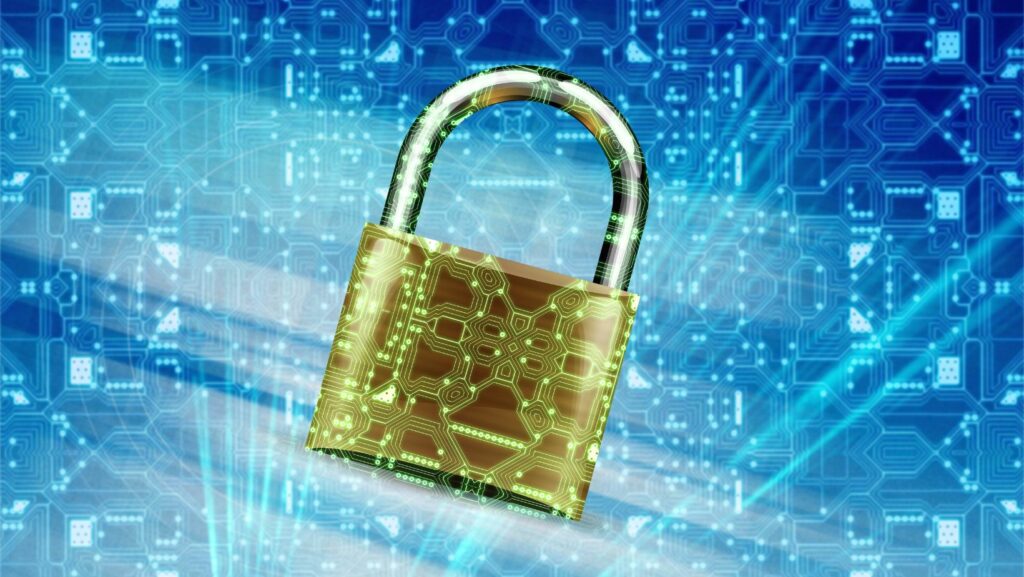Empowering Youth: Scout Technology Guides Chilliwack for Modern Explorers
Key Takeaways Integration of Technology: Scout technology guides in Chilliwack effectively blend traditional scouting with modern tools, enhancing the overall scouting experience. Enhanced Navigation Skills: Scouts improve their navigation abilities by learning to use GPS devices and mapping software, making outdoor adventures safer and more enjoyable. Safety Awareness: Mobile apps provide essential safety information, increasing […]
Empowering Youth: Scout Technology Guides Chilliwack for Modern Explorers Read More »










